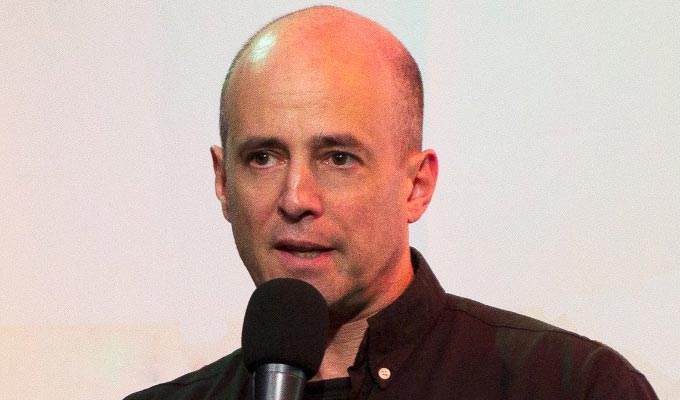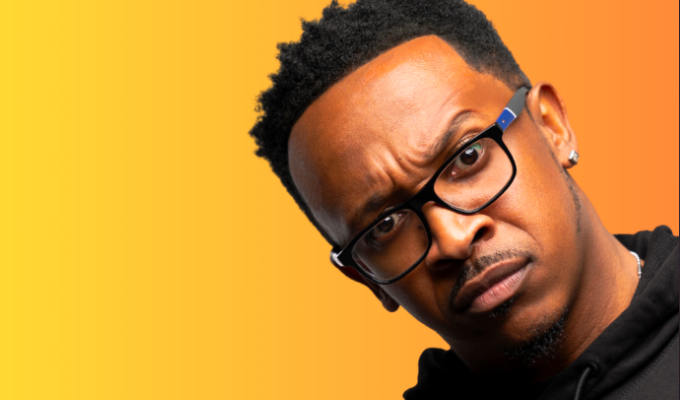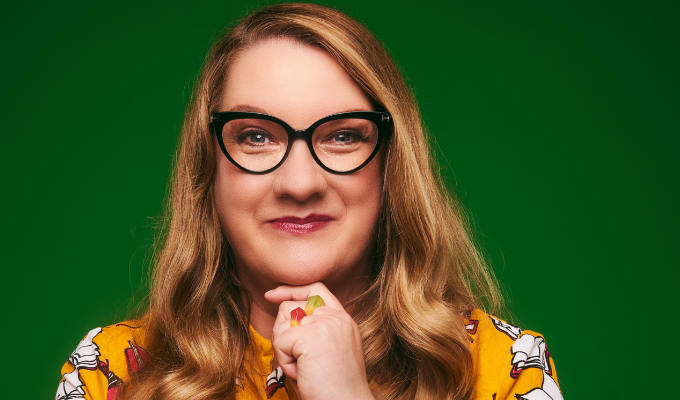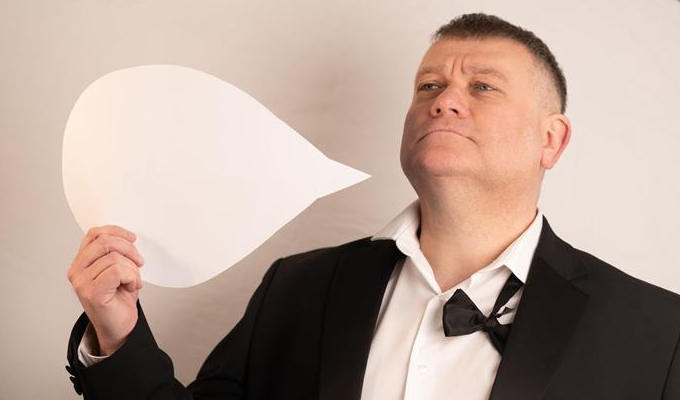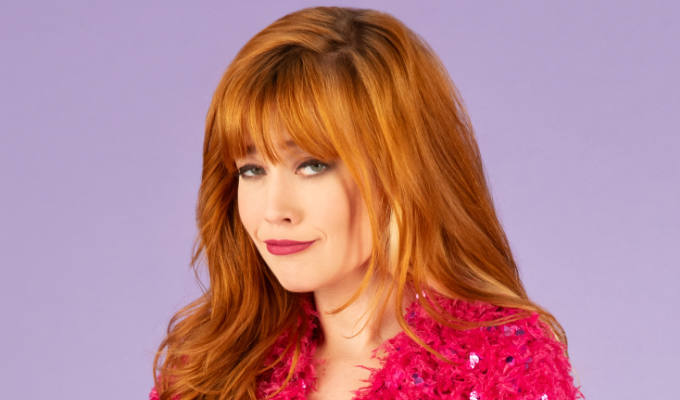 © Lee Jameson
© Lee Jameson What stand-up and clowning can learn from each other
They're not so different after all, says Fringe comic Catherine McCafferty
Clowning versus stand-up. When thinking of these two artforms, one might draw the conclusion they are wildly different.
As someone who has performed stand-up for nearly ten years, I can say that while the role of the stand-up comic has evolved, we remain close to our roots as observers of society. The stand-up is a human making jokes grounded, however tenuously, in our experience of the real world. Clowns do not appear to exist on the same mortal plane. We know clowns as mimes and jesters. The clown is The Fool who exists in a heightened reality, a world of imagination.
When I hear ‘clown’ I often picture Marcel Marceau in the guise of Bip the Clown, his act which is said to have moved audiences deeply, despite Marceau not uttering a single word.
I have long been interested in Marceau and in Bip (not just because a psychic told me he was one of my spirit guides, although that did happen). I am interested in Marceau because he was a powerful performer who did not need language to create his art.
As a practitioner of an art form frequently reduced to its auditory essence, I am curious how physical gestures and expressions can enhance my performance. Of course, clowning, like stand-up comedy, has evolved since Marceau. While silence in clowning is still a tool, a lot of modern clowns use speech to enhance the absurdist character they bring to life. This makes my job as an artist-thief even easier.
With the growing popularity of clips on TikTok and Instagram it is easy to forget the central role the live audience plays in stand-up comedy and how a set will completely bomb if you fail to get the people on your side. The stand-up and the clown must become experts at reading their audiences and overcoming the hurdles that regular people haul into the room with them: their baggage, their cynicism, their personal experience with the world.
As a stand-up I must get on stage, rip you from your reality, and delicately place you into mine. So delicately that you might not even know what’s been done. I am creating an environment where you laugh because you see yourself in me even when we are wildly different.
Another subtype of stand-up, closer in spirt to the clown, throws themself at the audience and presents a character to be laughed at because it is uncomfortable, or bold, or off-putting like Joe Perra or Connor O’Malley, who do this so effortlessly in their acts. I see a middle ground being born in the alternative comedy scene, integrating the absurdity of clowning and borrowing devices like physicality and set dressings and marrying that with the more traditionally grounded nature of stand-up. This middle world is seen in Chris Fleming’s special Hell, or Mae Martin’s Sap.
The stand-up and the clown are both tricksters vying for the approval of the people for whom we perform. Both the clown and the stand-up endeavour to hold a mirror up to society. The clown’s mirror wishes to convince the audience that their imagined world is in fact a commentary on the real world and that all worlds would be better if we were a little nicer to the clown, or at least made a bit more room for the clown to… clown.
The stand-up’s mirror is usually pointed at themselves as well as the audience, acknowledging that their experience is the vehicle in which we will learn how society is foolish or could be made a little better.
Clowning and stand-up are both imaginative art forms where we are painting a picture of either our reality (stand-up) or an absurd reality (clown) but all reality is a little abstract. We each filter the world through ourselves.
As our filtered worlds seem to grow ever more dissonant, I think it's valuable, vital even, to play in the garden of the absurd. My day will never look like your day but as a stand-up I am inviting you to suspend your belief and enter into my day, into my diseases, into my pain, and into my laughter.
As the world around us grows ever more surreal, driven by the technological atomisation of our social lives, I believe that clowning and its brilliant delivery system for humour and social commentary is becoming more relevant than ever and greatly informs stand-up and the future of stand-up comedy.
• Catherine McCafferty: (Not) That Bad is on at Just The Tonic at the Mash House at 3.30pm
Published: 4 Aug 2024

